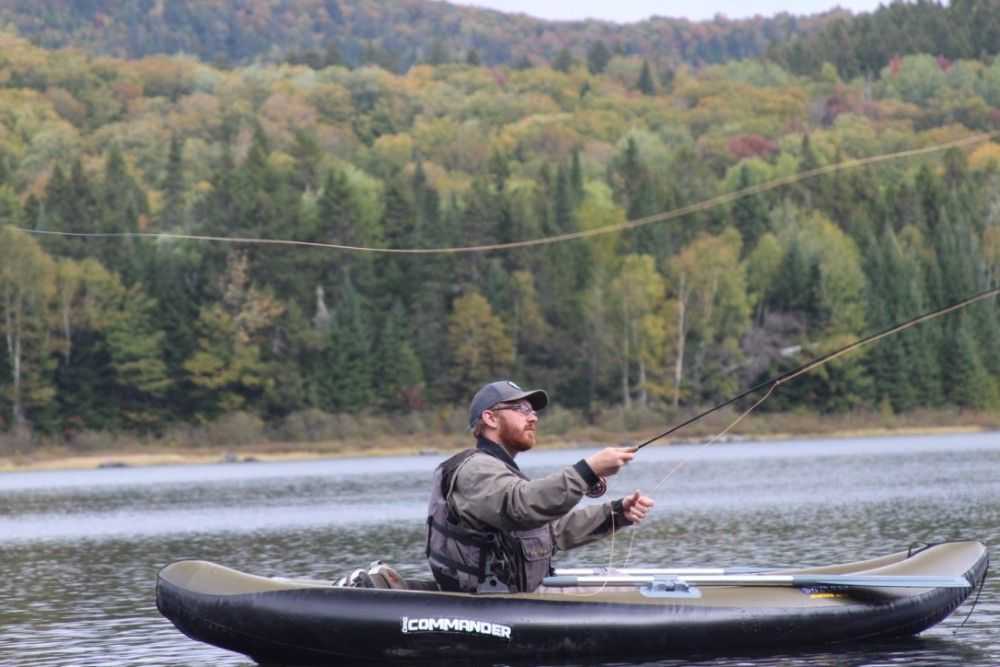Inflatable Boats For Car-Trip “Destinations”
Joseph Albanese
Destination Fishing. Mentioning that phrase brings visions of airport security lines, baggage claims and far-off resorts. While those trips are nice—amazing even—they are usually only in the budget for one or maybe two times a year. Don’t fret though; there are options that are much closer to home for when you can’t make it to those white sand beaches or remote stretches of wilderness.
There are many places that are easily reached by car, and only a couple of hours away. Those waters your buddies have told you about. The ones you’ve seen in your Facebook feed, or on your favorite fishing forum. Those waters that are just too far for an after-work tryst are just beckoning for a weekend getaway. Maybe it’s a new species, or a novel fishery, or just a new stretch of water beckoning you to hop in the car. The next greatest trip is only a tank of gas away.
Having a vessel to explore these waters can make these excursions more productive. You can catch plenty of fish from shore. I love to fish from the bank whenever possible; I grew up surf fishing on both sandy and rocky beaches. But nothing beats a boat to cover water. The ability to reach structure more than a cast away can greatly increase your hook-ups, for obvious reasons. There is a direct correlation between covering water and catching fish.
That’s where inflatable boats come in. Many of us don’t have space to store a traditional boat, and even if you do, towing a trailer can complicate travel. Kayaks and canoes are more compact, but require a roof rack or something similar for transportation. But inflatable boats don’t suffer these inconveniences. They are lightweight and compact, taking up very minimal space when deflated. When empty, they can fit it even the smallest car trunks.
Float tubes have come a long way since the truck tire inner tubes that used to dot backcountry trout ponds. While the traditional round shapes can still be found, there are many variations to suit different conditions with different propulsion methods. An update to the round tube is the U-shaped model, which offers easier entry an egress than its predecessor. Propulsion is provided via fins strapped to your wading boots, which is ideal for hands-free fishing but limits the effectiveness to small waters because they move relatively slowly.
Other models have frames and a pair of pontoons, with oars for power. Many of these are suited for moving water up to Class 3 or higher. The oars make for rapid movement, and most still allow for the use of fins so you can tend to your rods. While providing more mobility, the frames can be a little bulky. Recently a class of craft has been created that resembles a traditional kayak, with an open floor. Lacking a frame, they let you use oars and fins. The kayak shape allows for speed, and the lack of a frame lets it pack down small providing the best of both worlds.
Certainly these vessels have their limitations; you won’t be pursuing striped marlin in the Gulf Stream in one of these. But used within their limitations there is nothing better.
